
Podcasts, Blog Posts & Videos
For injury-prone runDisney runners so you can run painfree.
podcast
Running to the Castle
A podcast for injury-prone runDisney runners on a journey to running magical miles. Join me, Dr. Ali, as I share the secrets I've gathered as a runner, Doctor of Physical Therapy and coach. You'll learn the exact ways I get my clients to the castle strong without feeling broken or held together with KT tape as they cross the finish line.

In this episode of Running to the Castle Dr. Ali discusses what one slow runner could do to help their knee pain when ice hasn’t been working.
In this episode of Running to the Castle Dr. Ali answers a listeners question if it’s possible to actually get faster with 5 weeks left before Dopey 2026 race.
Dr. Ali dives into the nuance of yes, it is, and no it’s not, possible to get faster about 1 month before Dopey 2026.
Learn the 4 speed workouts that finally help 13+ minute-per-mile runDisney runners get faster without blowing up their long runs... and why pace testing is the secret to unlocking real progress.
A practical and encouraging guide where Dr. Ali teaches slow, back-of-the-pack runDisney runners three simple changes that reliably build speed, confidence, and buffer time so they can finally enjoy character stops without fear of getting swept.
What happens when life, or leg pain, sidelines your runDisney training? In this episode, Dr. Ali explains how to safely catch up after missing runs, when to skip a deload week, and why one-time mileage jumps might be okay... all while keeping your body healthy and your Dopey dreams alive.
In this episode of Running to the Castle, Dr. Ali tackles how back-of-the-pack marathoners can get meaningfully faster before January races so they have a bigger buffer from the balloon ladies and time for character stops.
In this episode of Running to the Castle, Dr. Ali welcomes special guest Betsy Foster, founder of Foster Strength and Built Bodies and host of the Your Strongest Body podcast. Together they dive into the world of strength training for women in their 30s and 40s, breaking down the myths about “bulking up,” soreness, and calorie-burning workouts.
In this episode of Running to the Castle, Dr. Ali discusses how to continue training for Dopey after a Marathon with 10 weeks to go.
In this episode of Running to the Castle, Dr. Ali discusses how to train after Wine and Dine Half Marathon or 2 Course Challenge and the Dopey Challenge, or other races that include the Marathon in January 2026.
The biggest thing to avoid is overtraining.
In this episode of Running to the Castle, Dr. Ali explains why you should not run a half marathon to train for a half marathon or a 5K to train for a 5K.
In this episode of Running to the Castle, Dr. Ali breaks down one of the most common questions she gets from runners: what supplements should I take for joint pain?
In this episode of Running to the Castle, Dr. Ali tackles the question “Is your injury all in your head?” and answers with a firm no.
In this episode of Running to the Castle, you’ll learn why finishing strong has nothing to do with running more miles.
In this episode of Running to the Castle, Dr. Ali dives into the messy overlap of AI, training plans, and social media “perfect” bodies.
She shares how she uses ChatGPT to tidy her own wording, but shows why you shouldn’t trust AI to design your plan: Gemini contradicted its own 10% rule and under-rested runners, while ChatGPT spit out a marathon plan that started at 6 miles and changed structure midstream—red flags for injury-prone athletes.
In this episode of Running to the Castle, Dr. Ali tackles the question of whether cross-training actually helps your RunDisney training…and why she believes it absolutely does.
In this episode of Running to the Castle, you’ll learn what it was like to run the final Disneyland Halloween Half Marathon Weekend before the race series goes on hiatus.
In this episode of Running to the Castle you’ll learn how Amanda transformed her half marathon experience from a 4-hour struggle to a confident 3:15 finish.
In this episode of Running to the Castle, Dr. Ali tackles one of the biggest fears for slow, back-of-the-pack runDisney runners: getting swept by the balloon ladies.
In this episode of Running to the Castle, you’ll learn what to do when marathon training leaves you with bad muscle pain.
In this episode of Running to the Castle, Dr. Ali shares practical race-day strategies for runners who weren’t able to train as planned due to illness, surgery, or life circumstances, aka life getting lifey.
In this episode of Running to the Castle, Dr. Ali tackles the common question of whether runners should wear new shoes right before a race.
In this episode of Running to the Castle, Dr. Ali reminds runners that a single bad workout doesn’t define their training—because workouts don’t happen in a vacuum.
Using her “rule of thirds,” she explains that about one-third of your workouts will feel great, one-third will feel neutral, and one-third will feel tough, and that balance is not only normal but necessary for progress.
In this episode of Running to the Castle, Dr. Ali answers a common question: “What if my easy pace feels too fast for me?”
Easy runs should feel truly easy—conversational and sustainable—not like a struggle to hit a number.
In this episode of Running to the Castle, Dr. Ali dives into the often-overlooked side of injuries: what happens after the bone, tendon, or muscle technically heals.
In this episode of Running to the Castle, you’ll learn 5 practical strategies to stay consistent with your runDisney training—especially if running isn’t the center of your life.
In this episode of Running to the Castle, you’ll learn about Achilles pain—what it feels like, why it happens, and how to both recover from it and keep it from coming back during your runDisney race training.
In this episode of Running to the Castle, you’ll learn how to put all the pieces of the Finisher Framework together so you can train smart, avoid injury, and cross your runDisney finish line feeling strong—not broken.
In this episode of Running to the Castle, you'll learn why fueling and hydration are essential for slow, back-of-the-pack, or “not really a runner” runners training for a runDisney race.
Dr. Ali debunks the myth that only fast runners need to fuel, explaining that it’s not about pace—it’s about how long you’re out on the course.
Blog
For injury-prone runDisney runners to learn the tips to crossing the finish line strong.

Overall this was a great glute workout… I really felt my muscles working. But would it be good for my running clients with knee problems like runner’s knee, knee arthritis, meniscus tears and IT Band Syndrome, just to name a few?? Read on to find out.
Strength exercises are important for overall health and for injury prevention. 80% of runners develop a running injury at some point so having a strength routine in your back pocket could help prevent those injuries.
Strength exercises, as you know, as so important to your training. They can help you feel better, stronger and overall perform better. When done incorrectly they can wreak havoc on your plan, and when done properly they can open doors to racing possibilities. In this article I’ll be going through the what, the who and the how, including a big mistake to avoid so you can optimize your strength training and running plan.
Hey Runner! You’re running, you’re strength training… But does it matter which one you do first? It does… it matters if you run first or strength train first.
The best stretches for after running. After a run is the best time to do static stretching. This post outlines the best stretches to do in less than 15 minutes after you run.
Runners get knee pain and need to strengthen muscles to get rid of their knee pain. These are the best strength exercises for runners with knee pain.
So you want to run a 5k better, faster, stronger… you’re doing all the running and not feeling any better when you run. You want running to feel like less work and have it feel more fun. Adding this type of training will help you run farther, better, faster, stronger. See it’s not just about running… you have to incorporate this, too.
If you want to run 5k and your breathing feels good but your legs feel like lead it’s not that you’re out of shape, it’s that your muscles are out of shape. Your cardio is excellent, great job! And it’s not that your cardio isn’t important for running, it is, it’s that only focusing on cardio holds you back from optimal performance. See adding in strength training allows your muscles to strengthen so they can keep up with your breathing. There are multiple places to find good strength exercises for runners. It’s important to know if the exercises are the right ones for you, if you’re doing them right, how to modify them, how to advance them and many more, which is why I work with clients individually so they can ask the question and get the answer based on their needs without having to search google or youtube again and they get to focus on the workout.
Strength & Stretching specific blog posts
Run more with Knee Pain
Videos
Run with Shin Splints
Best for Runner’s Knee
Injured a month before your race? Watch this for what to do
Run with Plantar Fasciitis
Rehab tactics are like ingredients to a cake. Without the recipe they’re like an episode of Nailed It!
Not all training runs will feel good. The 30% rule tells you what they’ll feel like.
Runner’s Injury First Steps
Hip Flexor Pain
How to pick the best shoes when you’re injured.
If you felt under trained for wine & Dine and are doing the half+ at Marathon Weekend, Disneyland Half Weekend stay motivated to keep training.





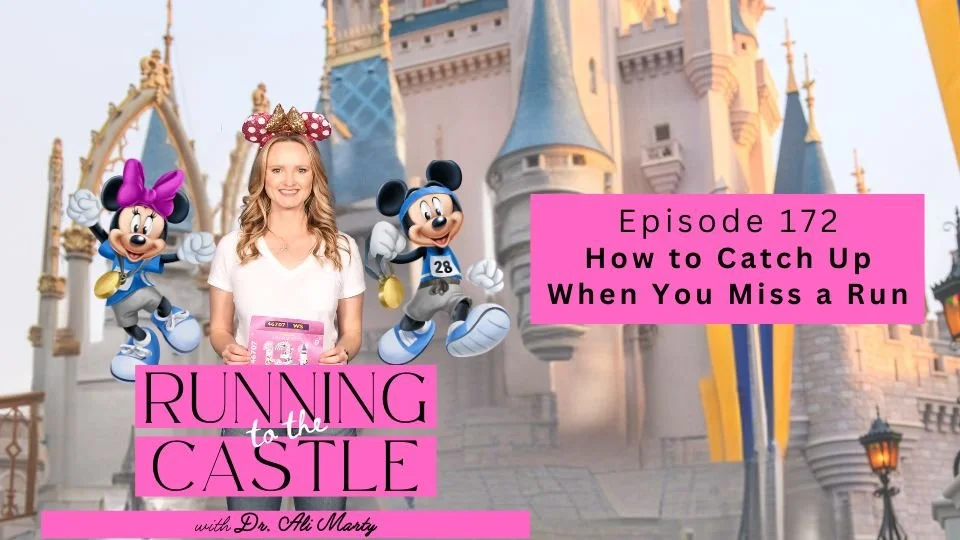
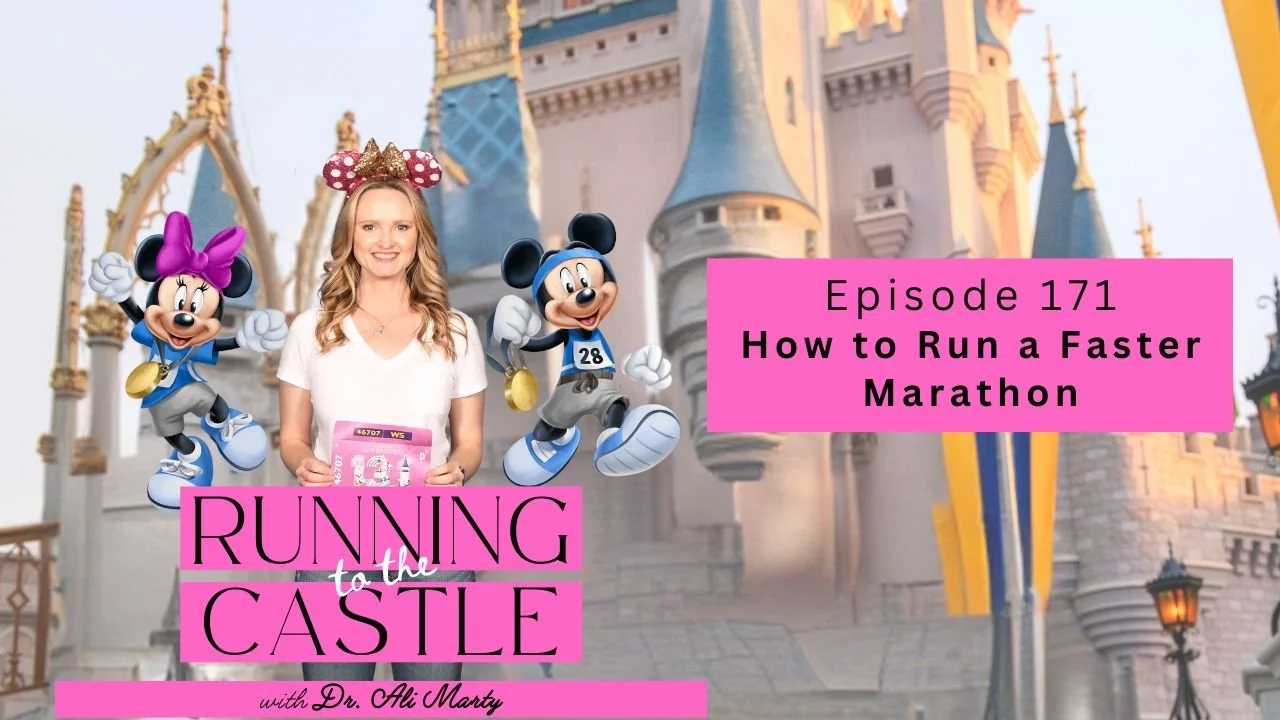





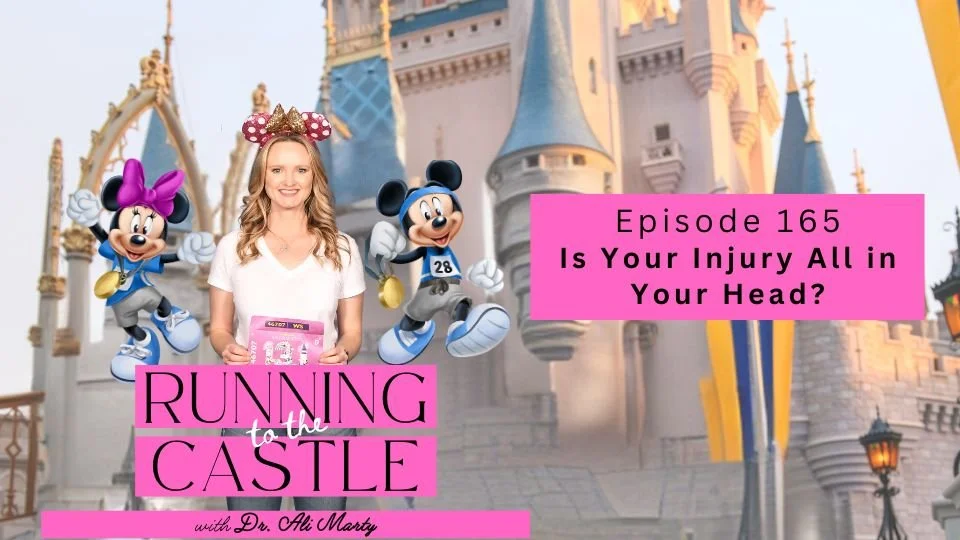


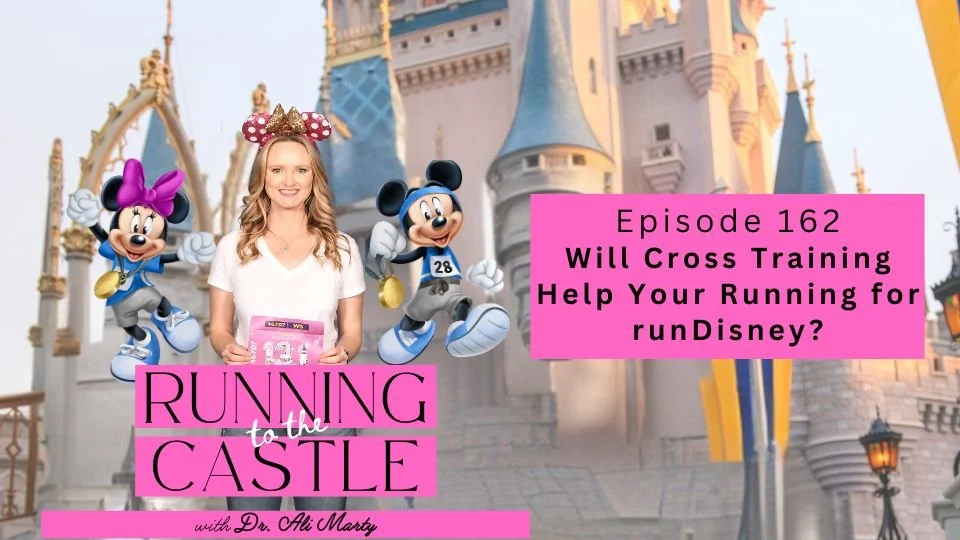









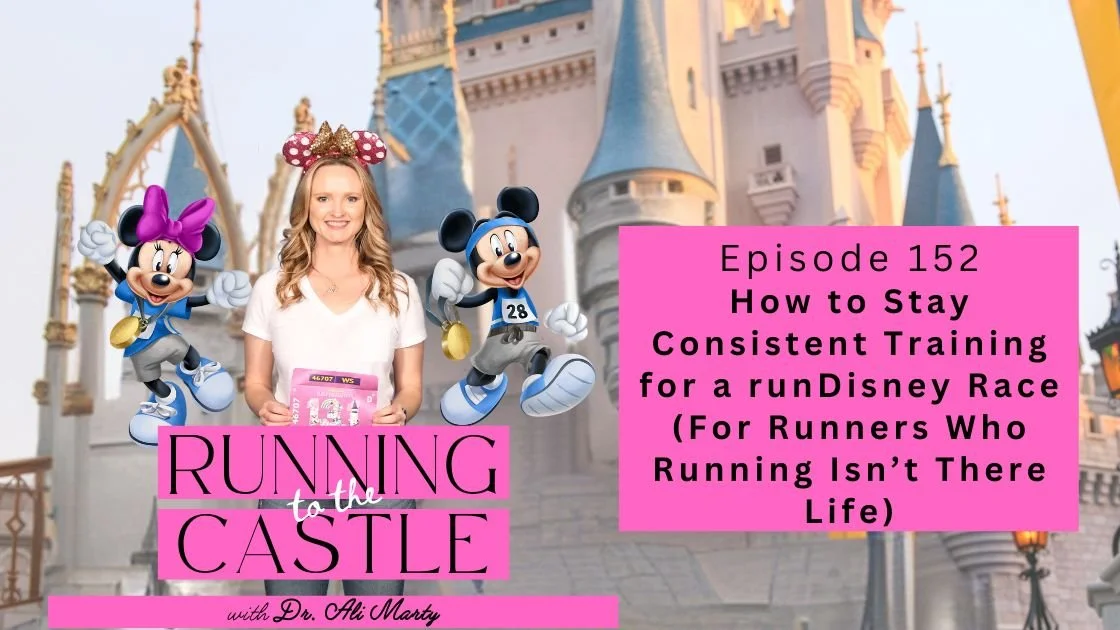







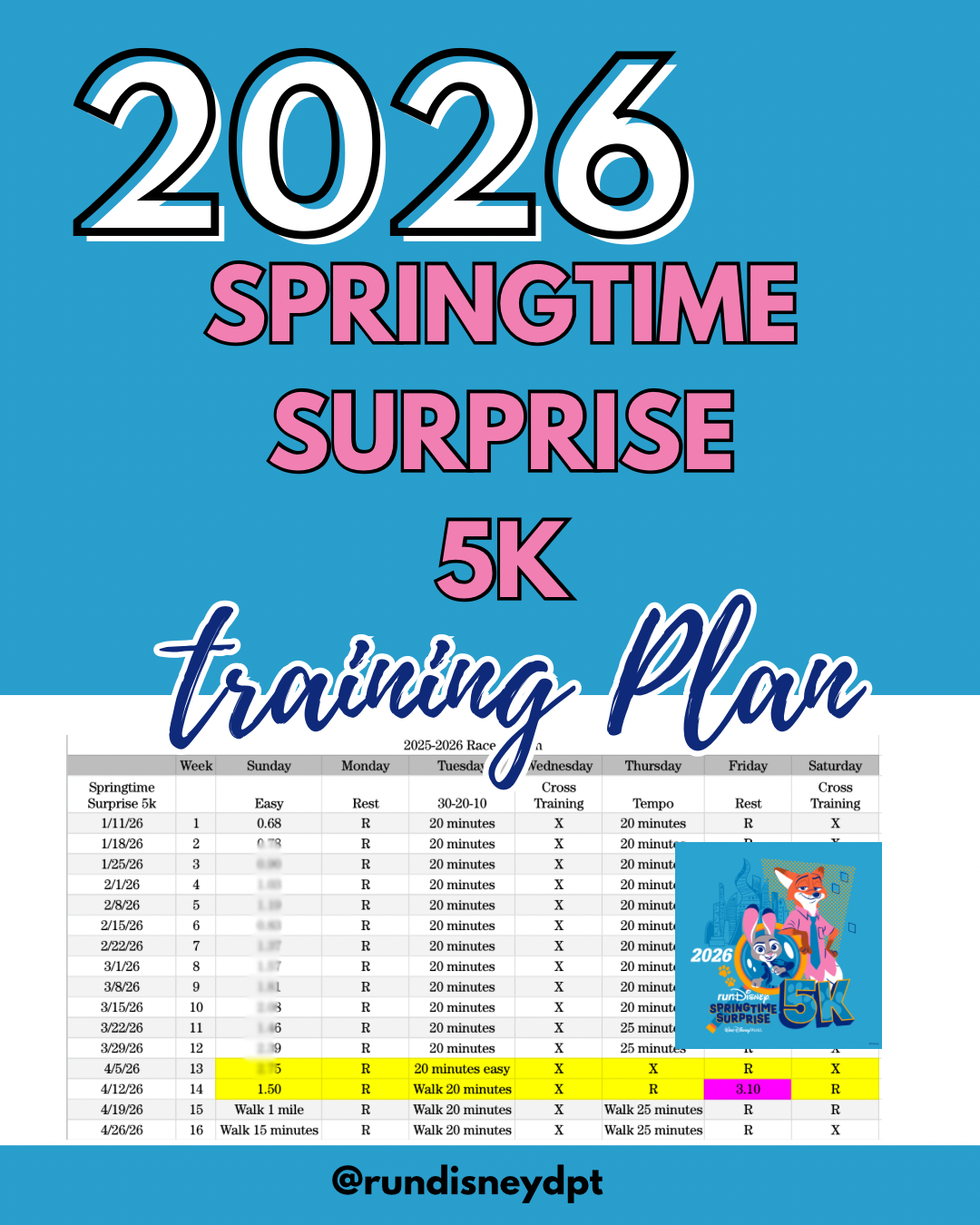





















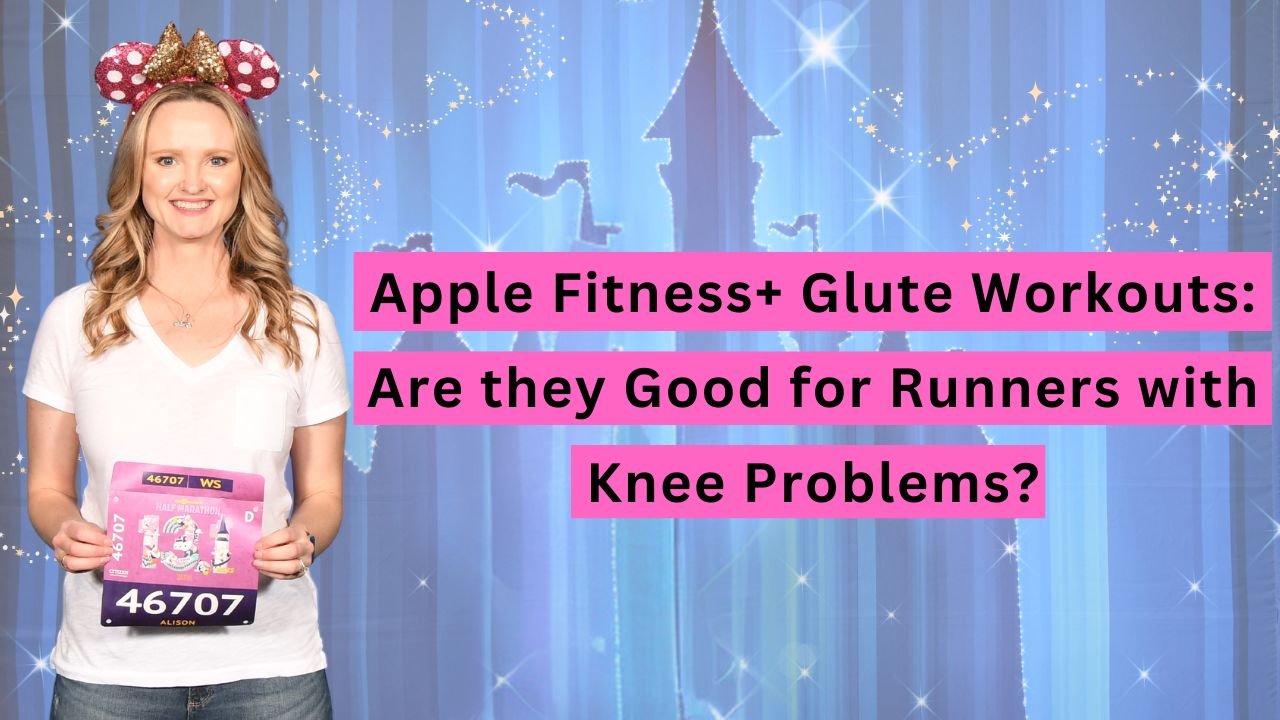

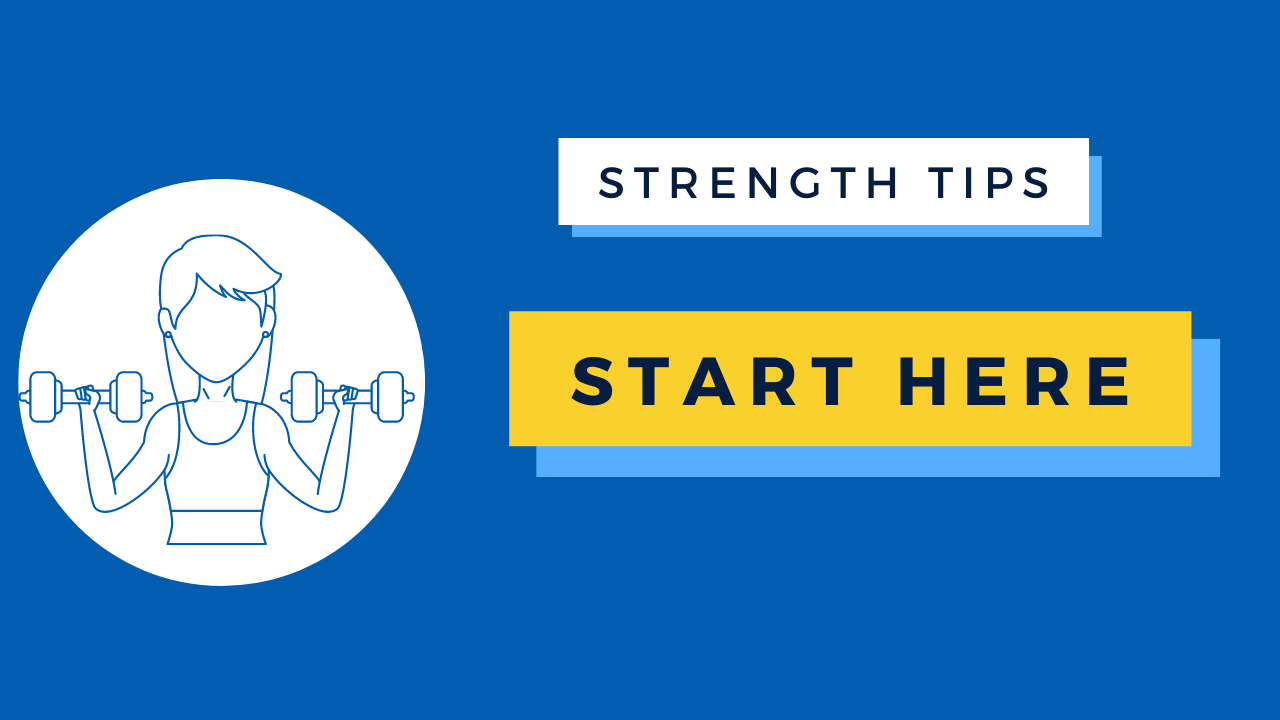
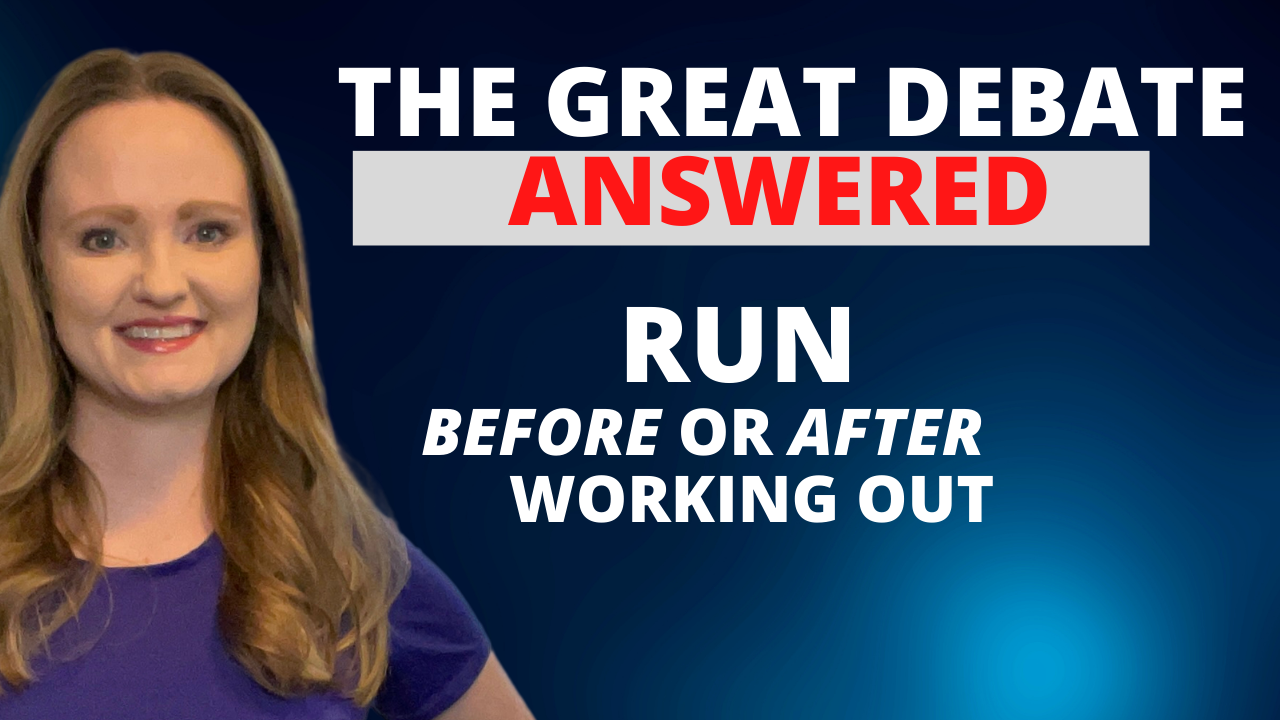



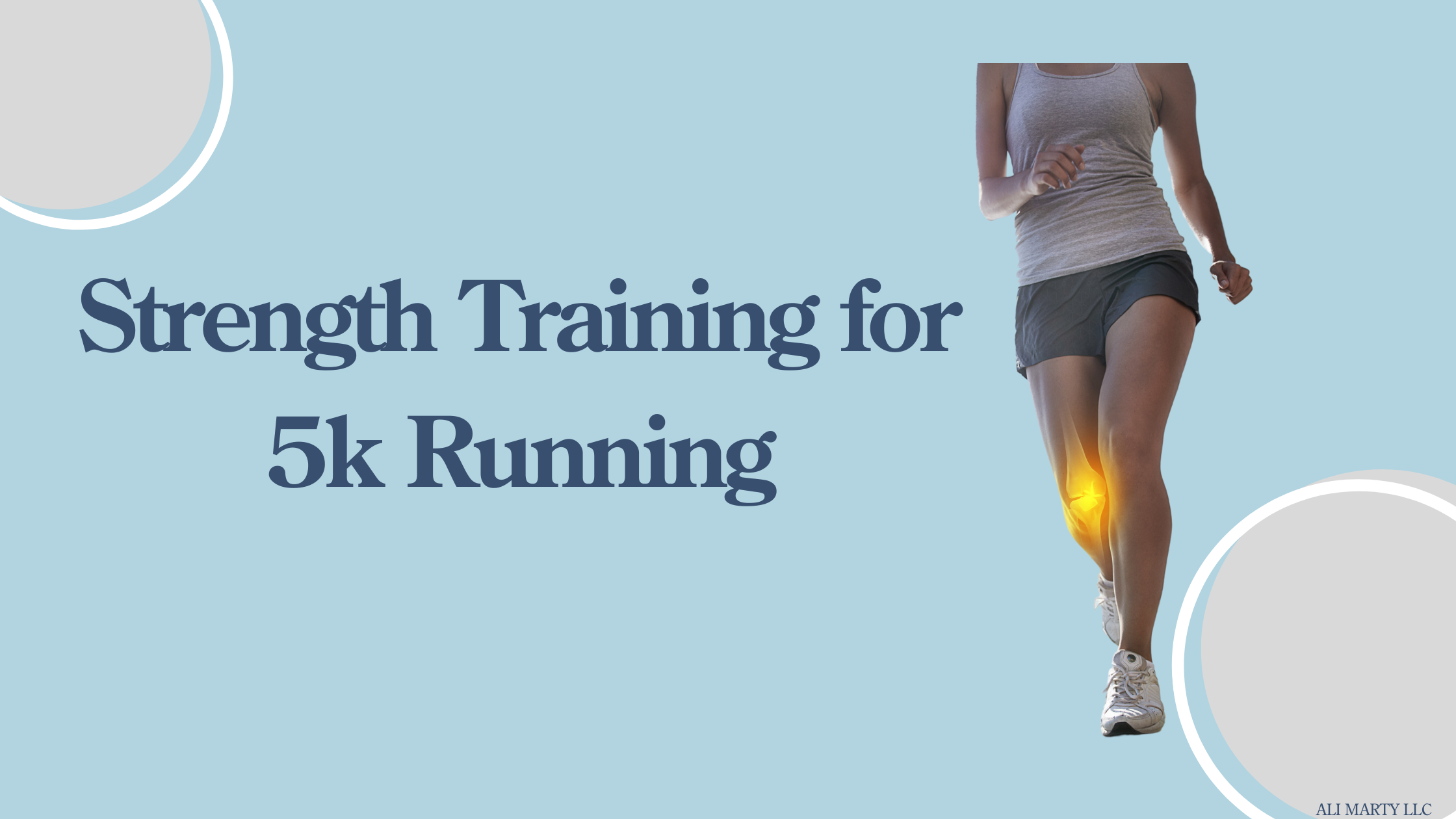

In this episode of Running to the Castle Dr. Ali discusses how fast to walk during run/walk intervals.